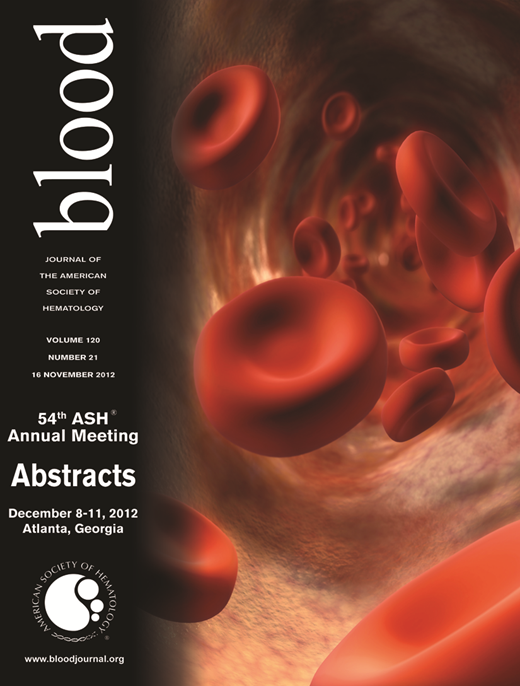Abstract
Abstract 2658
Hepatitis B virus (HBV) infection is a major global public health problem with the World Health Organization reporting about 350 million people with chronic HBV infection with the highest rates seen in Asia and Africa. Multiple studies have attempted to show an association between HBV infection and non-Hodgkin lymphoma (NHL) but have had conflicting results.
The primary aim of our study was to evaluate the association between HBV infection and the incidence of NHL using a meta-analysis of epidemiological studies. Secondary aims were to evaluate such association in NHL subtypes and by geographical region.
A MEDLINE and Google Scholar search through July 2012 were undertaken using (Hepatitis B or hepatitis) AND (lymphoma OR “risk of lymphoma” OR “hematologic malignancies” OR “lymphoproliferative disorders” OR “non Hodgkin lymphoma”). Only epidemiological studies reporting on HBV infection and NHL were included. Hepatitis B status confirmation method was recorded. Meta-analyses were performed for NHL in general, by NHL subtypes, and according to geographical region. The outcome was calculated as odds ratio (OR). The random effects model (REM) was used to calculate the outcome. Heterogeneity was assessed by the I2 statistic. Publication bias was assessed by the trim-and-fill analysis. Literature search and data gathering were performed independently by at least 2 of the investigators. All graphs and calculations were obtained using Comprehensive Meta-Analysis version 2 (Biostat, Englewood, NJ).
Our search yielded 21 studies; 17 case-control studies accounted for 38,630 cases and 1,659,449 controls, and 4 prospective cohort studies accounted for 1,258 cases indentified in a cohort of over 2.4 million individuals. HBV infection was confirmed by seropositivity in 81% of studies (n=17). HBV infection patients had an OR 2.30 (95% CI 1.87–2.84; p=<0.001) of developing NHL. OR was significant in patients from Asian countries (OR 2.31, 95% CI 1.87–2.86, p<0.001) and in patients from American/European/Australian countries (OR 2.58, 95% CI 1.43–4.62, p=0.002). In subgroup analysis, HBV infection patients had an OR 2.10 (95% CI 1.27–3.49, p=0.004) of developing diffuse large B-cell lymphoma (DLBCL). In patients from Asian countries, HBV infection was associated with an increased risk of DLBCL (OR 3.05, 95% CI 1.86–5.00, p<0.001); an association was not found in patients from Europe or Australian studies. Patients with HBV infection had increased risk to develop follicular lymphoma (OR 1.966, 95% CI 1.211–3.193, p<0.001) and B-cell lymphomas (OR 2.67, 95% CI 2.08–3.43, p<0.001). Patients with HBV infection did not have increased risk to develop chronic lymphocytic leukemia/small cell lymphoma (OR 1.58, 95% CI 0.70–3.62, p=0.27) or T-cell lymphomas (OR 1.37, 95% CI 0.95–1.98, p=0.091).
The results of this meta-analysis suggest a positive association between HBV infection and NHL, DLBCL, follicular lymphoma, and B-cell lymphoma. There was no association between HBV infection and chronic lymphocytic leukemia/small cell lymphoma or T-cell lymphomas. Future research is needed to better understand molecular mechanisms responsible for lymphomagenesis in patients with chronic HBV infection.
No relevant conflicts of interest to declare.
Author notes
Asterisk with author names denotes non-ASH members.

